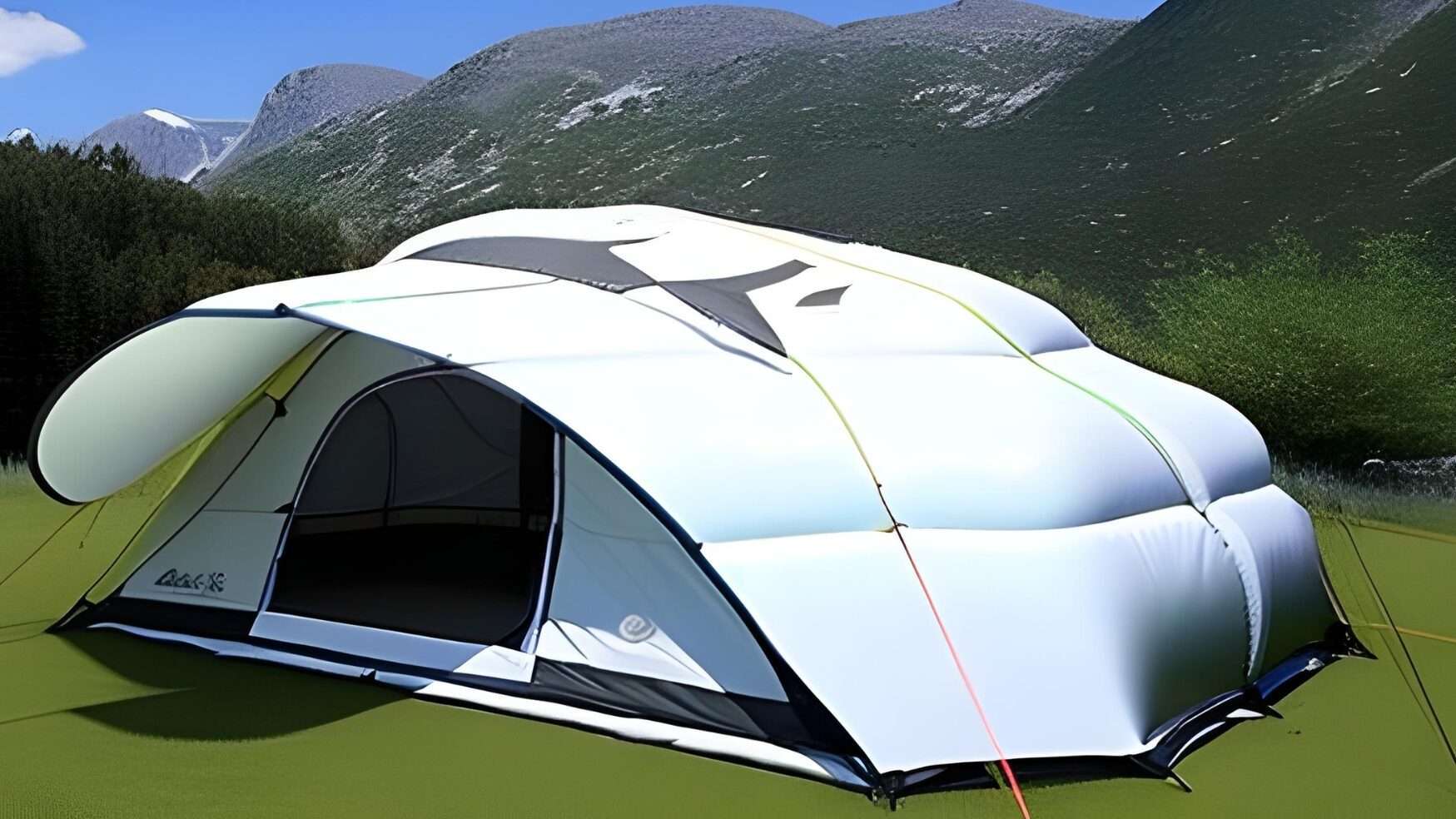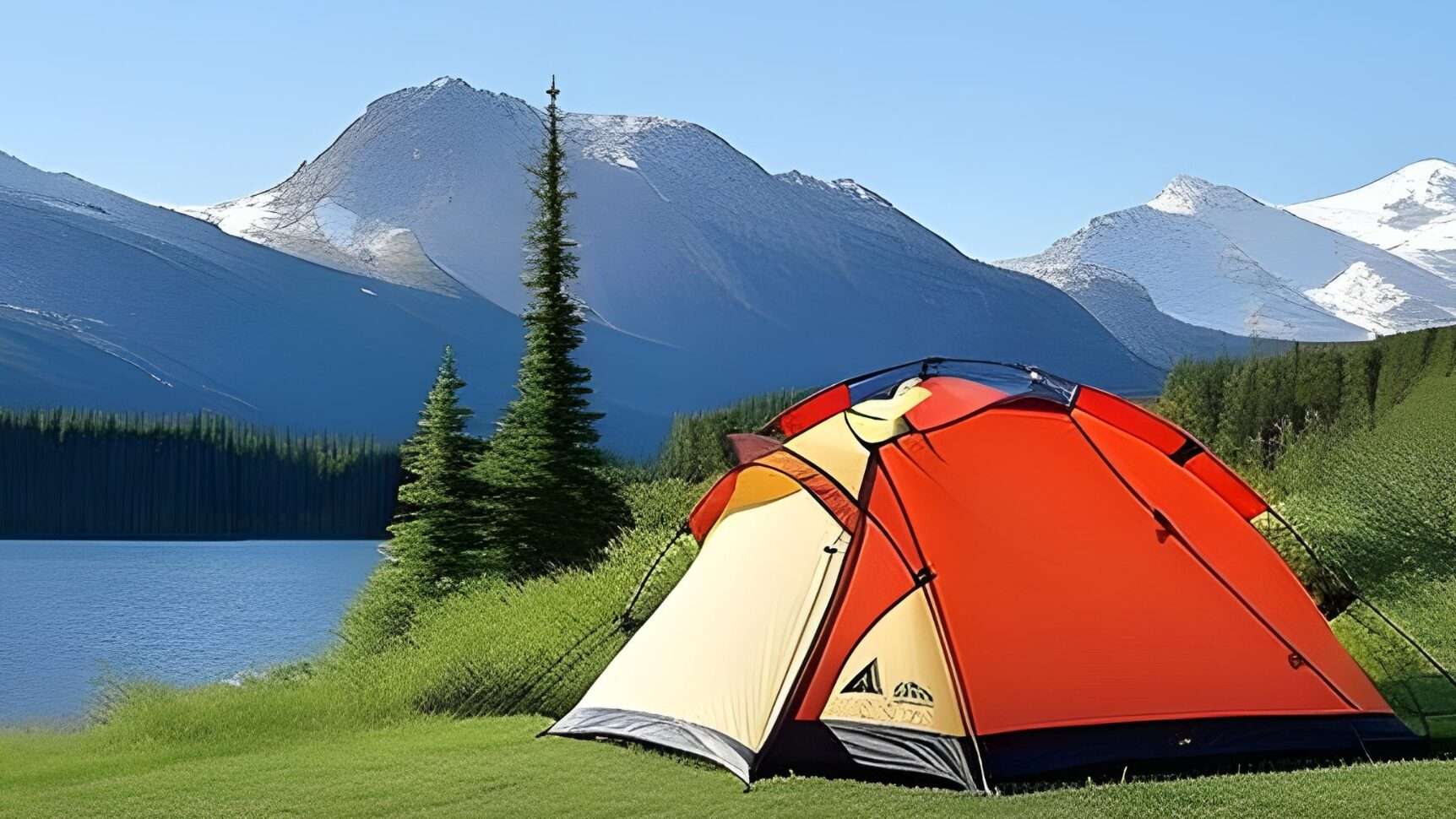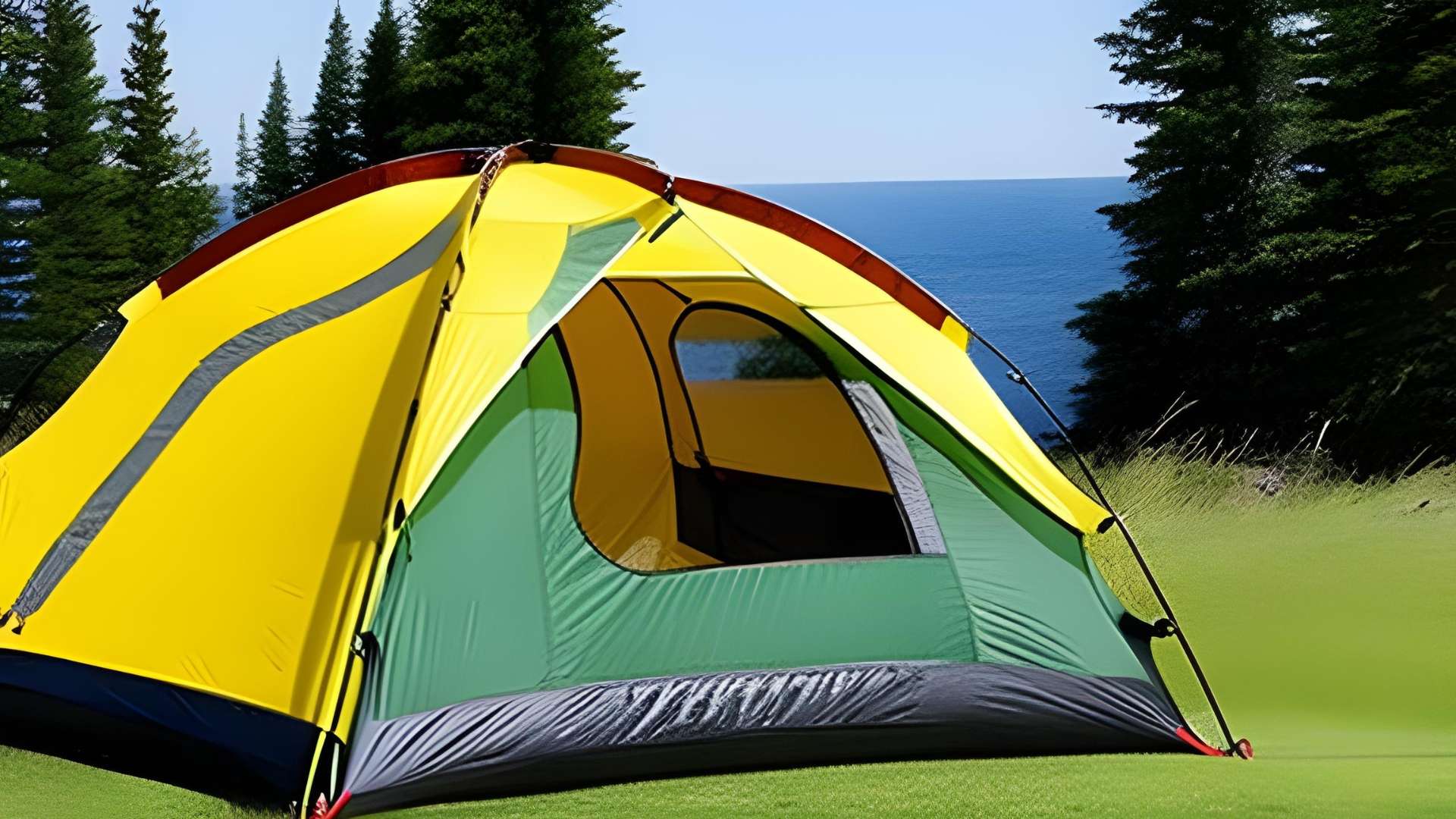Camping is an increasingly popular recreational activity that allows nature enthusiasts to disconnect from the hustle and bustle of daily life, reconnect with nature, and create lasting memories with friends and family. In recent years, inflatable camping tent have gained popularity among campers due to their host of advantages over traditional tents. This ultimate guide is designed to provide you with comprehensive information about choosing and using inflatable camping tents, ensuring you have the best outdoor experience possible.

Benefits of Inflatable Camping Tents
Inflatable tents have several advantages over their traditional counterparts, making them an ideal choice for campers who value convenience, durability, and efficiency. Some of the winning qualities of inflatable tents include:
- Lightweight: Inflatable tents are generally lighter than traditional tents, making them easier to carry around and transport during your outdoor adventures.
- Easy Setup: One of the most significant benefits of inflatable tents is their quick and hassle-free setup. With no poles to assemble, all you need to do is inflate the tent’s air beams and secure it to the ground, cutting down on setup time significantly.
- Compact Storage: Inflatable camping tents can be easily deflated and packed into small carry bags, making them convenient to store and transport.
- Durability: Despite their seemingly delicate appearance, inflatable tents are surprisingly robust and sturdy. High-quality inflatable camping tents use durable materials for their air beams, resulting in a stable and long-lasting camping shelter.
- Weather Resistance and Insulation: Inflatable tents can provide campers with better insulation from cold weather and more excellent resistance to wind and rain, thanks to their air-filled beams that create a buffer between the inside and the harsh conditions outside.
Features to Consider When Choosing an Inflatable Camping Tent
There are several factors to consider when selecting an inflatable camping tent to ensure it meets your specific needs and preferences:
Size and Capacity
Your inflatable tent’s size and capacity should be based on the number of occupants and the amount of gear and personal items that need accommodation. There are tents for solo campers, couples, families, or even large groups, usually expressed by the number of berths (e.g., 2-berth, 4-berth, 6-berth).
Material and Construction
The materials used for both the air beams and the tent fabric greatly affect its durability, stability, and overall quality. Tents constructed from high-quality materials, such as polyesters with ripstop technology, polyethylene, or nylon, generally withstand the test of time. For air beams, choose a tent that uses high-quality TPU (thermoplastic polyurethane) to ensure durability and structural stability.
Ventilation and Privacy
Proper ventilation is essential for a comfortable camping experience, especially during hot weather. Inflatable tents should have sufficient mesh windows and vents to allow optimal airflow, minimizing condensation and ensuring a comfortable sleep. Additionally, privacy is crucial — consider tents with room dividers or separate sleeping compartments if sharing the tent with others.
Waterproofing and Weather Resistance
Your inflatable camping tent should be capable of withstanding various weather conditions, from heavy rain to strong winds. Look for tents with high waterproof ratings (measured in millimeters), taped seams, and a well-constructed rainfly to keep moisture out. Dome-shaped or tunnel designed tents are particularly renowned for holding up well against strong winds.
Other Features
Some inflatable tents offer extra features that can improve your overall camping experience, such as built-in groundsheets, vestibules for additional storage or cooking areas, and interior storage pockets for keeping your belongings organized and easily accessible.

Tips for Setting Up and Using an Inflatable Camping Tent
Understanding how to properly set up and use your inflatable camping tent is critical to ensure a comfortable and hassle-free camping experience:
1. Preparing the Site
First, choose a flat, level surface free of rocks, roots, and debris. If possible, select a location that is sheltered from harsh winds and has proper drainage to prevent flooding during rain. Lay down a groundsheet or tarp as an additional barrier and to protect the tent’s floor from damage.
2. Inflation and Assembly
Depending on your specific tent model, you will need a manual or electric pump to inflate the tent’s air beams. Ensure that the tent is properly inflated according to the manufacturer’s recommendations, as over or underinflating may cause damage or instability. Once inflated, align the tent’s door with the desired direction, ensuring that the guy lines are extended in the appropriate direction for securing.
3. Securing and Stabilizing
Once the tent is inflated, peg down the corners at a 45-degree angle, away from the tent. Next, attach and tension the guy lines using the supplied pegs or stakes, ensuring they are tight but not overly stressed as this may damage the tent. For added stability, use additional guy lines and pegs if necessary.
4. Maintenance and Cleaning
Taking good care of your inflatable camping tent is essential for prolonging its lifespan. After each use, ensure that the tent is completely dry before storage to prevent mildew. Remove dirt and debris with a soft-bristled brush and mild soap solution, if necessary, before packing the tent away. Periodically inspect the tent for damages, such as punctures or seam issues, and repair promptly to prevent further damage.

Recommended Inflatable Camping Tents for Various Needs and Budgets
- For Solo Campers: QYHNQ Inflatable Single-Person Tent – lightweight, easy setup, and affordable
- For Couples: Coleman Inflatable Camping Tent Air Valdes 2 – quick setup, sturdy construction, and excellent waterproofing
- For Families: Vango Odyssey Inflatable Family Tunnel Tent – spacious, separate sleeping compartments, and good weather resistance
- For Large Groups: Berghaus Air 8 Inflatable Tent – ample sleeping and living space, high-quality construction, and weather resistance
- For All-Season Campers: Outwell Phantom 5SA Inflatable Tunnel Tent – impressive insulation, waterproofing, and sturdy construction
By considering the factors outlined in this guide and following the essential tips for setting up and maintaining your inflatable camping tent, you’ll be well-equipped to enjoy a comfortable, convenient, and durable shelter during your outdoor adventures.

Leave a Reply
You must be logged in to post a comment.